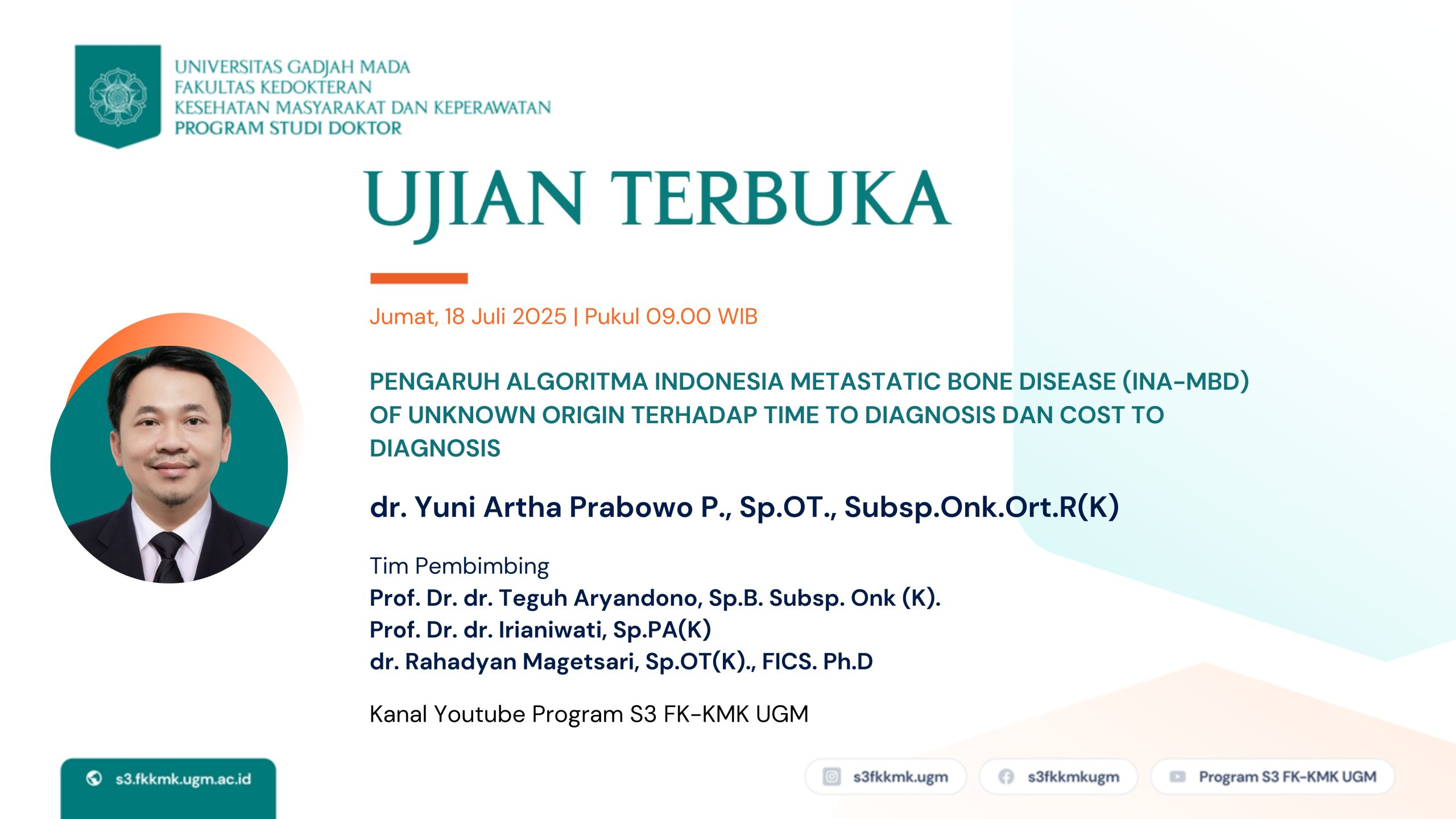Michael Andreas Leman, Mora Claramita, Gandes Retno Rahayu
Introduction: Producing healthy physicians who act as a “healthy role-model” in their environment must be one of the concerns of medical schools today in response to the global movement of “health-promoting university” by the WHO (1995). However, no publications explained the “healthy role-model” in medical school. This study aimed to fill this gap by exploring the definition and characteristics of a “healthy role-model” for medical teachers.
Methods: We used a grounded theory approach with in-depth interviews and e-mail communications to 48 medical teachers from various backgrounds of “health professions education,” “health education and behavior”/’health education and promoter,’ “general practitioners/family medicine,” “adolescent health,” “internal medicine,” and “cardiology-vascular medicine.” The medical teachers were from Indonesia, one other developing country (Bangladesh), and five developed countries (United States of America, Canada, Netherlands, Australia, and United Kingdom). We also invited 19 medical students from Indonesia for three focus group discussions.
Results: We identified four categories to define a “healthy role-model” for medical schools as persons who are seen: 1) “physically,” “socially,” “mentally”, and “spiritually” healthy; 2) internalized healthy behaviors; 3) willing to promote healthy lifestyles; and, 4) a life-long learner. In each category, there are several characteristics discussed.
Conclusion: Our study provides some insights to define a “healthy role-model” of medical teachers by using the characteristics of healthy people and adult learners. The first category describes the characteristics of healthy people, but cultural issues influence the perspectives of medical teachers to define a “healthy role-model” for medical schools.











